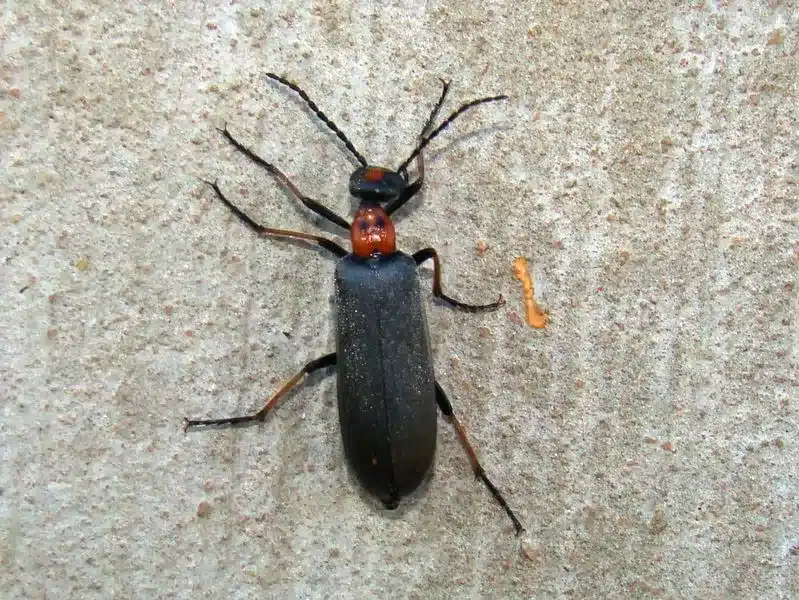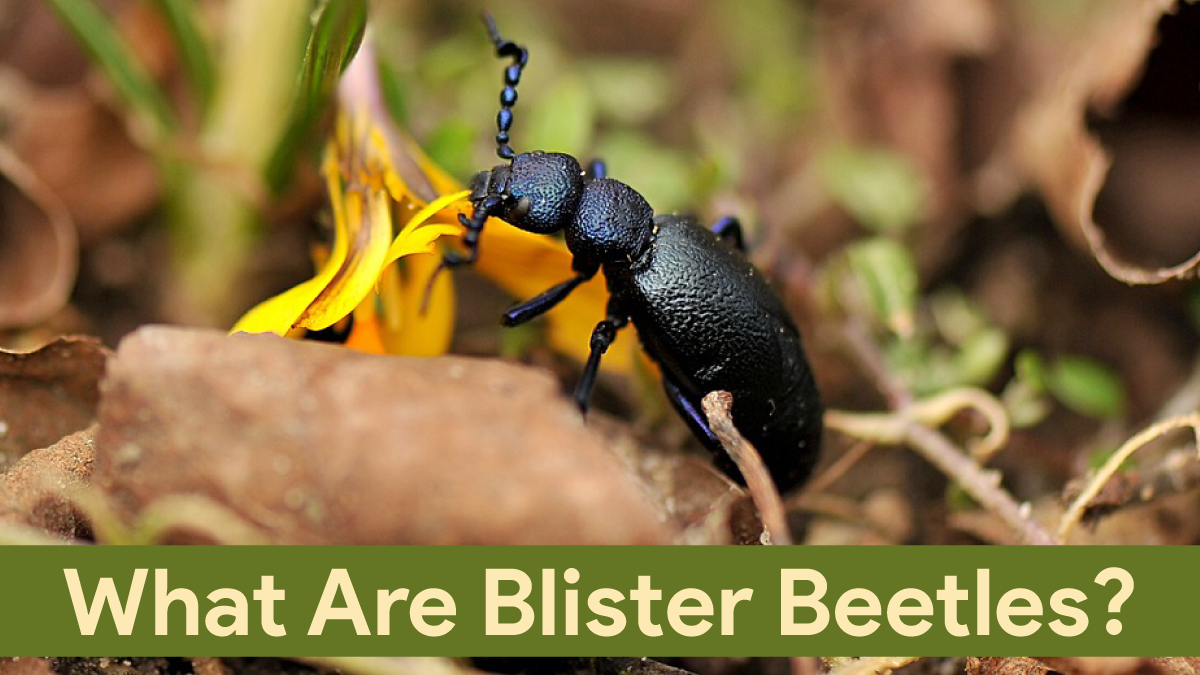Some species are also known for their role in pollination and their bright colours. In this article, we will figure out that what are blister beetles are and the Types, Habitats and characteristics of Blister Beetles.
Table of Contents
What are blister beetles?
Blister beetles are tiny, gray insects living on sores from animal bites. The person’s bites show they’re looking inside their hand after picking up the beetle or touching something the beetle feels.
We only found blister beetles in countries where animals run free. They cannot survive in captivity, so preventing their bites is not an option.
What are the types of Blister Beetles?
There are over 7,000 species of blister beetles. Some common species include the black blister beetle, the striped blister beetle, and the ash-grey blister beetle.



What are the Characteristics of Blister Beetles?
Blister beetles have the following characteristics:
- Elongated and narrow body shape
- Powerful jaws and mouthparts for feeding on plants
- Cantharidin is a chemical substance in the body that causes blisters on the skin.
- Often have striking colouration and patterns.
- Typically found in fields and gardens, feeding on crops and plants.
Where do blister beetles live?
Blister beetles can inhabit a variety of habitats.
- Fields and crops
- Gardens and landscapes
- Grasslands and open woodlands
- Deserts and scrublands
- They are found throughout the world but are most commonly found in temperate regions.
What do blister beetles eat?
Blister beetles feed on:
- Plants and crops, such as alfalfa, vegetables, and ornamental plants
- Flowers and leaves
- Pollen and nectar
- Other insects, such as bee larvae and eggs.
Lifecycle of blister beetle
The blister beetle lifecycle has the following stages:
- Egg: Female blister beetles lay eggs in the soil or on plants.
- Larva: After hatching, the larvae feed on plants or other insects.
- Pupa: The larvae pupate in the soil or on the plant.
- Adult: The adult beetle emerges from the pupa and feeds on plants before reproducing and laying eggs to start the cycle again.
Differences between male and female blister beetles
The following characteristics can differentiate male and female blister beetles:
- Size: Male blister beetles are usually larger than females.
- Antennae: Male blister beetles have more prominent and distinctive antennae than females.
- Body Shape: Males are more slender and elongated than females.
- Reproductive organs: Males have well-developed reproductive organs, while females have a well-developed ovipositor for laying eggs.
What plants do blister beetles eat?
Blister beetles feed on a variety of plants, including:
- Alfalfa
- Vegetables such as tomatoes, peppers, and potatoes
- Ornamental plants such as roses and lilies
- Grains such as corn and wheat.
What attracts blister beetles?
Blister beetles are attracted to:
- Bright lights at night
- Flowers and plants with strong fragrances
- Areas with abundant plant growth and food sources
- Light-coloured surfaces and objects that reflect light.
Do blister beetles bite humans?
No, we do not know blister beetles bite humans. However, they can be harmful if they are ingested. Blister beetles possess a poison that can cause severe injuries if ingested.
Are blister beetles poisonous?
Yes, blister beetles are poisonous. They contain a poison called Harpen. Harpen is a type of poison that can cause severe skin and eye injuries.
What attracts blister beetles?
Blister beetles are attracted to warm things, such as people’s skin or animals. It can also draw them to things that give off a lot of heat, such as firewood.
Can blister beetles fly?
Yes, Most species of blister beetles can fly. Their ability to fly enables them to leap from one food source to another and find mates.
The ability to fly also helps them to escape predators and adverse weather. But there are some types of blister beetles that cannot fly because they don’t have wings.
What eats blister beetles?
Blister beetles have a few natural predators, including:
- Birds, such as roadrunners, blue jays, and meadowlarks.
- Reptiles, such as lizards and snakes.
- Other insects, such as praying mantises and some species of wasps.
- Small mammals, such as shrews and hedgehogs.
These predators feed on blister beetles as a sour protein source and help their populations.
However, their impact is often limited, as blister beetles have developed defence mechanisms to deter predators, such as their ability to secrete cantharidin.
Are blister beetles beneficial?
Blister beetles can have both positive and negative effects on the environment.
Positive effects:
- Blister beetles are essential pollinators, helping to transfer pollen between flowers.
- They serve as a food source for other insects, birds, and small mammals.
- Some blister beetles are predators of pest insects, such as aphids and grasshopper eggs, helping to keep these populations in check.
Negative effects:
- Blister beetles can harm crops and plants, feeding on leaves, flowers, and stems.
- They produce a toxic chemical called cantharidin, which can cause blisters on human skin and harm livestock if ingested.
- Large populations of blister beetles can quickly strip a field or garden of its vegetation, causing damage and loss of yield.
In conclusion, blister beetles have both positive and negative environmental effects. Their impact depends on the species and population density in an area.
Final words
Blister beetles are a type of beetle that is sometimes called “red bugs.” We found them worldwide, and they are common household pests. They commonly attracted blister beetles to warm things like people’s skin or animals.
It can also draw them to things that give off a lot of heat, such as firewood.
They look very innocent, but you better stay away from them if you spot them because now you know what are blister beetles.
Related Articles
What is a Carrion Beetle? All About the Fascinating Creature
Where do skin beetles live? | What are skin beetles?
What Is Stag Beetle And Where Do Stag Beetles Live?
What is sap beetles? | Myths and facts with a complete guide
